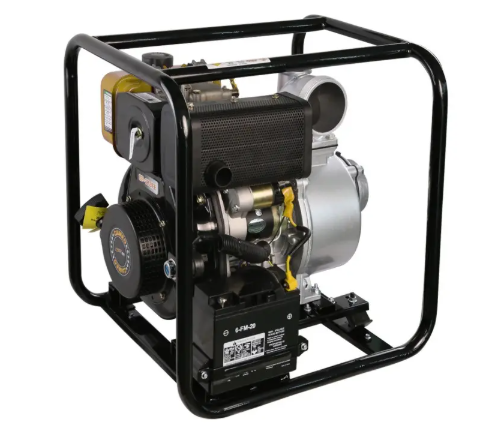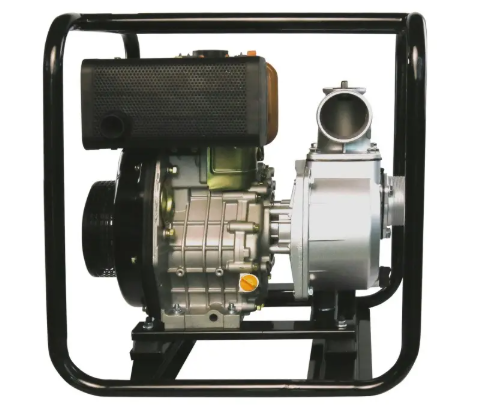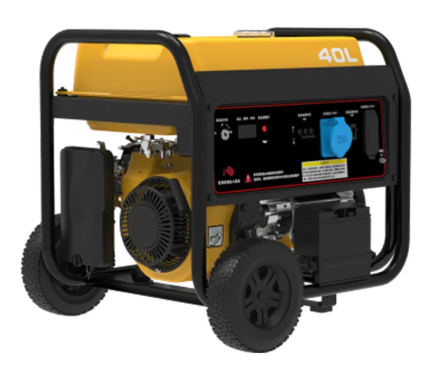transmission generation distribution
Transmission generation distribution represents a comprehensive system that forms the backbone of modern power delivery infrastructure. This integrated approach encompasses the entire process of electricity delivery, from power generation facilities to end users. The system consists of three main components: generation facilities that produce electricity through various means such as thermal, hydroelectric, or renewable sources, transmission networks that transport high voltage electricity over long distances, and distribution systems that step down voltage levels for safe delivery to consumers. Advanced technological features include smart grid capabilities, real time monitoring systems, and automated load balancing mechanisms. The system employs sophisticated voltage regulation equipment, protective relaying systems, and state of the art control centers that ensure reliable power delivery. Modern transmission generation distribution networks incorporate renewable energy integration capabilities, allowing for seamless incorporation of solar, wind, and other sustainable power sources. These systems utilize advanced SCADA (Supervisory Control and Data Acquisition) technology for remote monitoring and control, ensuring optimal performance and rapid response to any disruptions.


